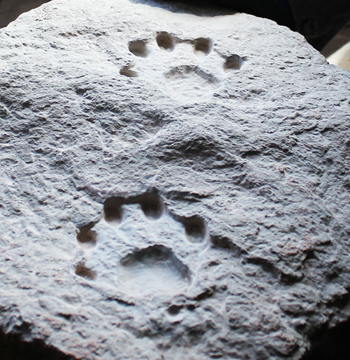
Posh Name: Enhydra lutris
Interesting fact: The origination of the name “otter” is very closely related to the origination of the word “water” – otor, or oter. Makes more sense than the Posh latin name!
Diet: Otters like to eat up to 1.5 kg of fish, frogs, water birds, small mammals and crustaceans, such as fresh water crayfish every day. If you own a fish farm its like Christmas and you can expect daily visits from the excited otter customers. Just ask Jackland Fishing Lake !
Habitat: Otter’s disappeared almost entirely from England and in the !970’s , but slowly they are coming back in England. It is believed the main cause of their decli9ne was a organo-chlorine pesticides that a lot of farmers were using. An otter will mark out its own territory along a large stretch of water where there’s plenty of vegetation for cover, and loads of fish to eat.
Lifespan: Otters can live up to ten years but this would be rare. Five years is more normal, and even then they’ve got to avoid being run over by a car on the road.
Size/weight: About 60-80cm; tail about 32-56cm and an average of 8.2 kg for males; or 6.0 kg for females.
Home: You will find the Otter living in areas close to water. They make their home though on land that is called a holt. They can live in regions where the water is extremely cold. Thanks to the design of the layers of hair on their bodies the skin is actually kept warm during this process. This is one of the reasons why Otters are believed to have been able to survive for millions of years. Sadly, it is also their fur that has often led to humans destroying them.
Otters prefer to live in bodies of water that are close to land offering them wetlands or the woods close by. They even love to live in swamp and marsh areas. They are able to stay well hidden in these types of environments which makes them less like to fall victim to a variety of predators on land. They also stay very close to the shore of the water so that they can avoid common water predators as well.
Mating: A female (a bitch) is ready to mate (a dog) when they are about 3 years old, but the boys start earlier, around 2 years old. We don’t know much about what goes on because they mate in the water, and then give birth some 60 days later. How do they find a mate? Well according to some sources by “whistling in the dark”! By whistling back and forth they can find where each other are and start the courtship. male plays no direct role in parental care, although the territory of a female with her pups is usually entirely within that of the male.
Babies: The female otter will have 1-4 pups and raise them herself in the holt. The male doesn’t have anything to do with the parenting. In fact the female will start biting him on the nose shortly before she gives birth, to drive him off. This may be because he would eat the pups if they were left unattended mistaking them for young rats. The pups (or whelps) will stay with the mother for around 13 months before they are ready to go off on their own.
Defining features: Otters have long, slim bodies , short limbs and the most powerful webbed feet for swimming. They can hold their breath under water for a long time – a bit like seals. They have sharp claws on their feet and all except the sea otter have long, muscular tails. The 13 species range in adult size from 0.6 to 1.8 m (2.0 to 5.9 ft) in length and 1 to 45 kg (2.2 to 99.2 lb) in weight. They have very soft, insulated underfur, which is protected by an outer layer of long guard hairs. This traps a layer of air which keeps them dry, warm, and somewhat buoyant under water.
Peculiar Behaviours: Apart from “whistling in the dark”, otters are known for their playfulness. They like to wrestle in the water, slide on mud banks and chase each other in the water. People who watch them a lot have noticed that if there isn’t enough food they won’t play so much. Too busy with getting the tummy’s filled. The ones which are kept in a zoo and don’t have to hunt may be the most playful ones – and the reason humans think they spend their whole time messing about.
Vulnerability: Otters have no main predator. They are at the top of the food chain and are predators themselves, hunting fish, small mammals and birds. The main threat to otters is from humans, through the destruction of their habitat, from pesticides running off from farmland and polluting watercourses, and from being run over by vehicles while crossing roads and paths.
Weaponry: Basically you don’t want to get bitten by an otter. They have incredibly powerful jaws, sharp teeth and powerful claws. Attacks are very rare but there have been incidents of humans being injured, particularly if they get too close to a holt with babies inside. The mother will defend her babies any way she can. Once an otter has wrapped itself around you and starts to bite and claw you its hard to fight them off. So keep a safe distance, after all, they are wild animals.

